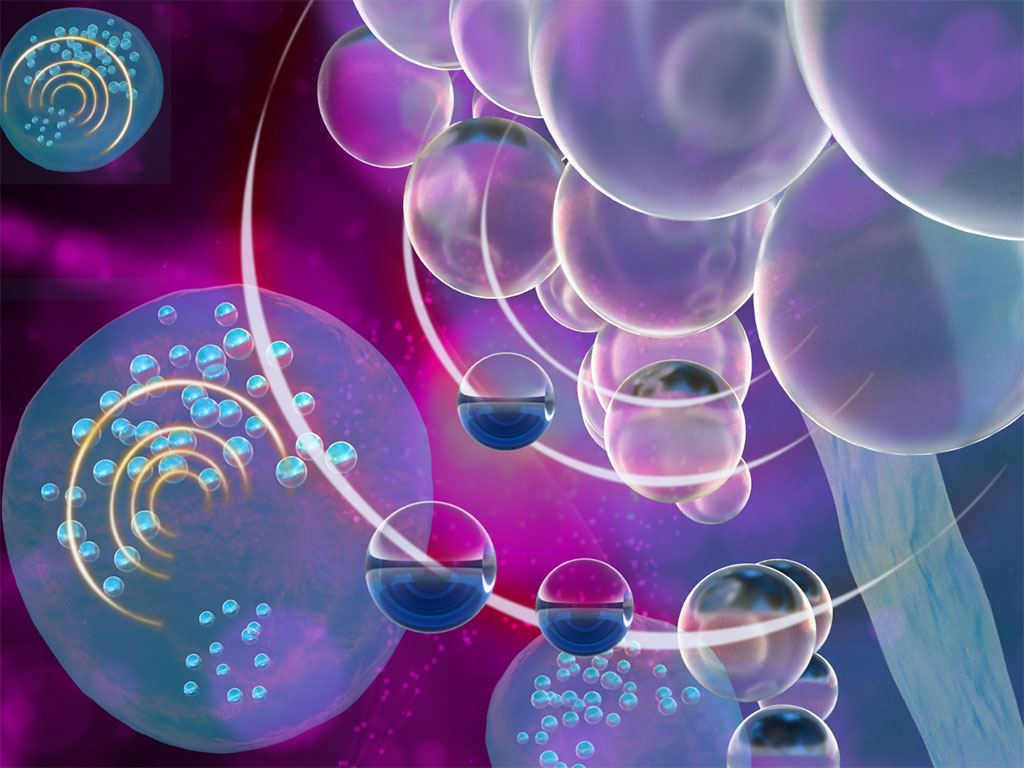Novel Ultrasound Imaging Technique Could Reveal Immune Cell Secrets and Improve Treatments
Posted on 13 Dec 2023
Macrophages are small, essential cells that play a crucial role in the immune system, involved in various functions such as pathogen detection, wound healing, and managing inflammation related to injuries and diseases like diabetes and rheumatoid arthritis. They have potential applications in cell-based therapies for conditions including cancer, autoimmune disorders, infections, and tissue damage. These therapies might entail isolating, modifying, or engineering macrophages to augment their disease-fighting, immune-regulating, and tissue-repairing abilities. However, the effectiveness of macrophage therapies hinges on the ability to monitor these cells within the body. Researchers have now developed an innovative ultrasound imaging method to continuously observe macrophages in mammalian tissue, with future prospects for human use.
Due to their invisibility in traditional ultrasound imaging, researchers at Penn State (University Park, PA, USA) formulated a contrast agent to distinguish macrophages from other cells in the tissue. This involved the use of nanoemulsions - mixtures of minuscule oil droplets, nanometers in size, suspended in a liquid. The team aimed to create more stable bubbles using these nanoemulsions. In ultrasound imaging, gas bubbles effectively reflect sound waves, but standard bubbles injected into the body burst quickly. The researchers introduced nanoemulsion droplets to the macrophages, which internalized them. Upon ultrasound exposure, the droplets underwent a phase change to gas, forming bubbles. This transformation was facilitated by the ultrasound waves' pressure, which oscillates to force the droplet to vaporize into a gas bubble.

This technique was successfully tested in a porcine tissue sample, demonstrating the ability to image macrophages effectively. This method offers a continuous insight into the actions of immune cells within the body, enhancing the understanding of immune system regulation and its role in combating diseases. Moreover, it holds promise for advancing immune cell therapies, potentially leading to more effective treatments with fewer side effects. For instance, it could enable the development of targeted macrophage cell therapies for cancer patients. Future research directions include applying this technique for visualizing other types of immune cells in humans or monitoring arterial plaque buildup.
Related Links:
Penn State













